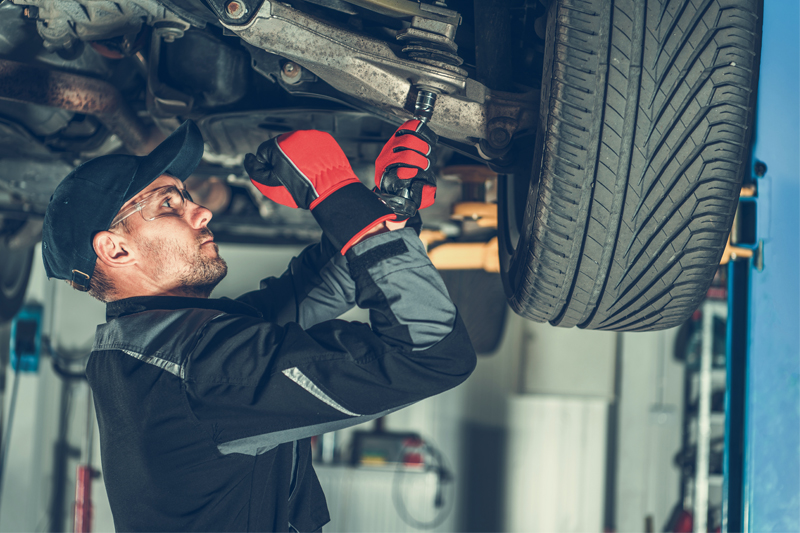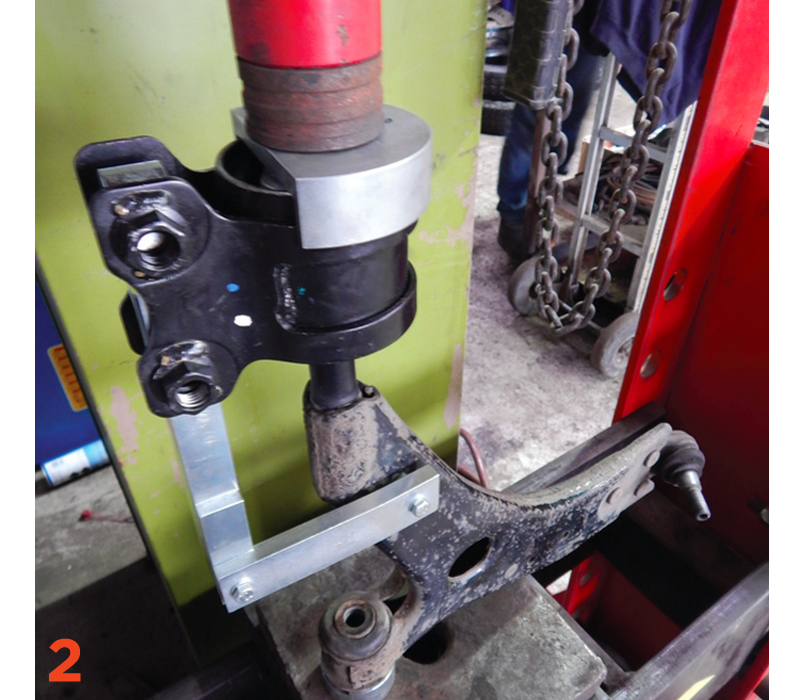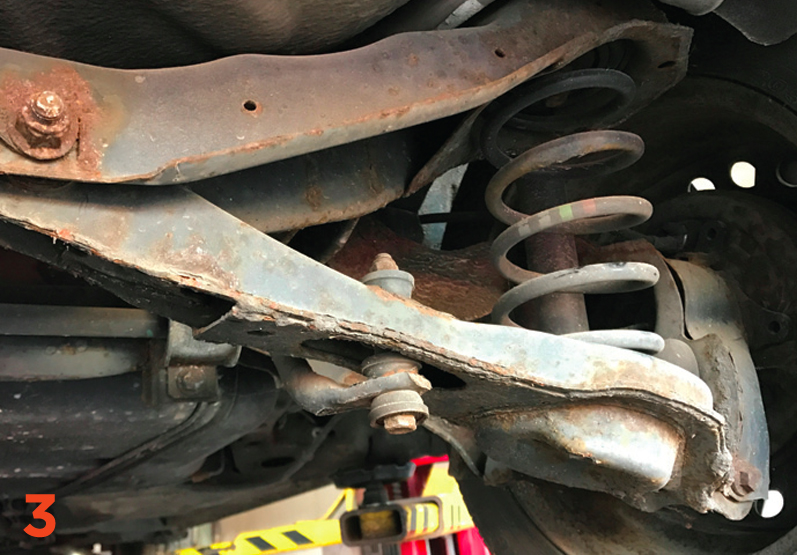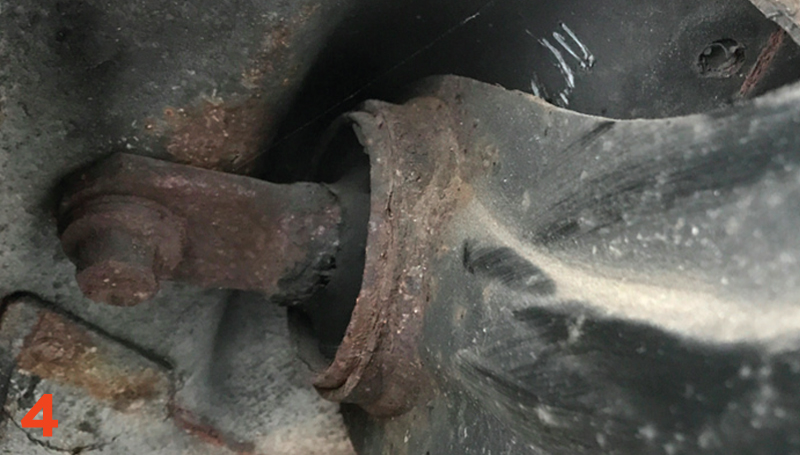
The febi team has provided PMM with a guide to some common issues with the suspension system on the Ford Focus.
The Ford Focus was introduced in 1998 and has proved to be very popular with its owners. However, it is also reported to be one of the most popular vehicle models visiting workshops for repair work. With this in mind, we have identified some wear items that are of note when repairing the suspension system of this popular model.
At the front
The independent front suspension of the Focus is made up of a MacPherson strut attached to the steering knuckle, and a track control arm with an anti-roll bar for stability.
The anti-roll bar links, when worn, can produce a rattling noise symptom while being driven on bumpy roads.

One of the most common wear items on the MK 2 model is the track control arm bush (Fig.1). This component is available as part of the complete arm or available as a separate part with new fixing bolts. The latter is available from febi, and offers an economical repair of this component, compared with replacing the whole arm, which in most cases is perfectly serviceable.
When carrying out this replacement, the alignment of the new bush is very important. The bush needs to be aligned correctly on the shaft of the suspension arm for its correct operation and to ensure the long life of the replacement component. The old bush can be pressed off or carefully cut off using suitable equipment, so as not to damage the shaft that the bush is mounted on.

Once the old worn bush is removed, clean the shaft, then the new bush should be pressed on; there is a special tool available to maintain the alignment of this, while the new bush is being pressed into position (Fig.2). The repaired arm can now be refitted to the vehicle. The bush (febi 32418) has applications for several other Ford, Mazda and Volvo models.

Round back
The highly acclaimed control-blade trailing arm multi-link suspension system was developed for the Focus model; its compact design allows maximum use of space for luggage capacity and gives excellent handling. The thin trailing arm handles, fore and aft wheel location and brake-torque reaction, with three other links that are needed to locate the wheel fully. All these components have bushes that are prone to wear. The trailing arm bush (febi 34249), which is replaceable like the front control arm, needs to be aligned correctly during installation; otherwise, the rubber will overtwist and shorten the life of the bush (Fig.3).

The track control arm, which is located between the cross member and the knuckle, is prone to stress fractures which can lead to failure after long service. When this arm is removed to gain access to other components such as the road spring, or when it needs replacing, the fixing bolts are prone to corrosion (Fig.4).
This leads to the bolts shearing during removal or being seized to the bush inner sleeve. Therefore, it may be necessary to cut them off to remove the arm. The inner bolt, which is an eccentric bolt, is for camber adjustment, it must turn freely if it is to be adjusted. It is recommended that all bolt fixings are tightened only when the vehicle’s suspension is under load, not free-hanging, as this puts unnecessary strain on the bushes and can lead to them being tightened in the incorrect position.
When all suspension repairs are carried out, a full wheel alignment is recommended, to ensure the vehicle’s correct handling.









